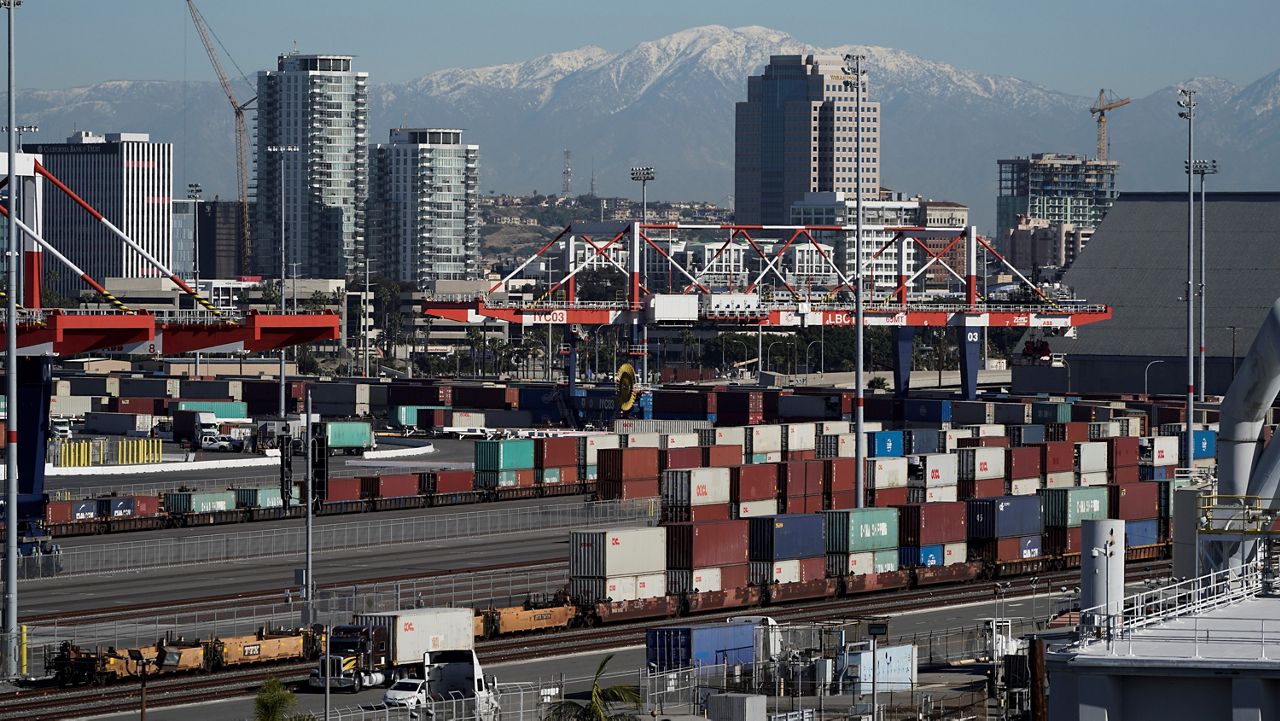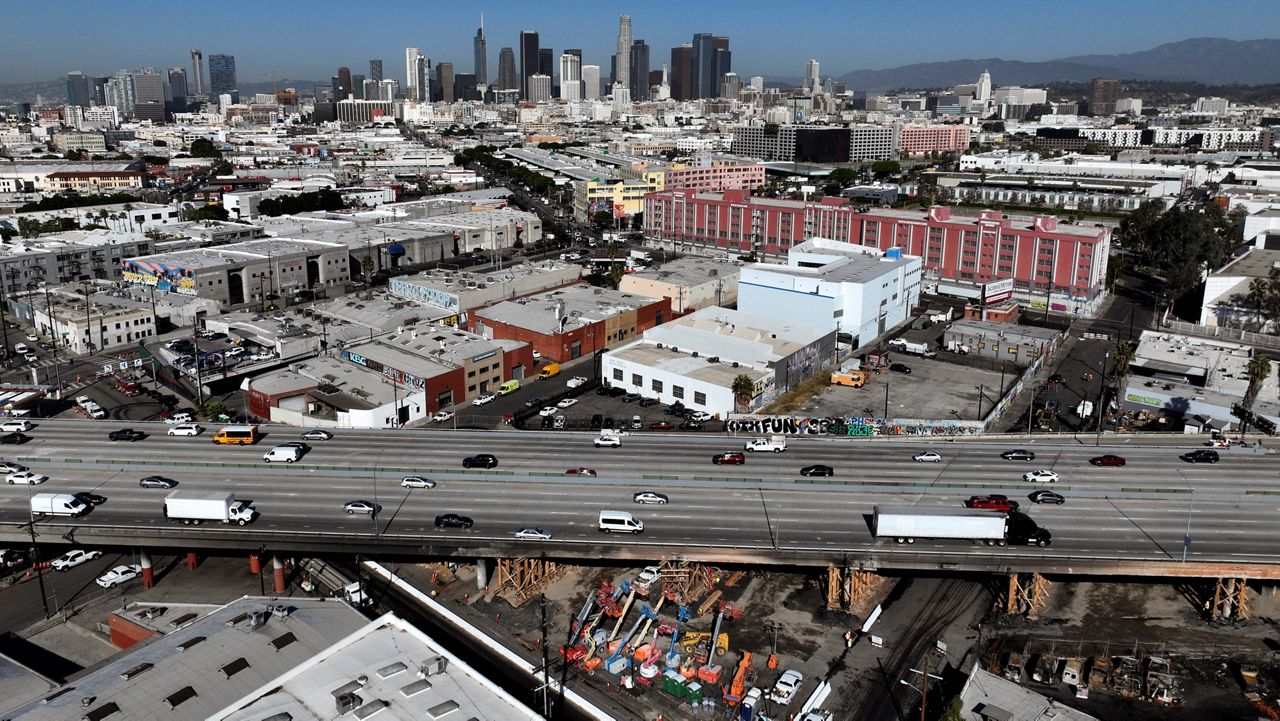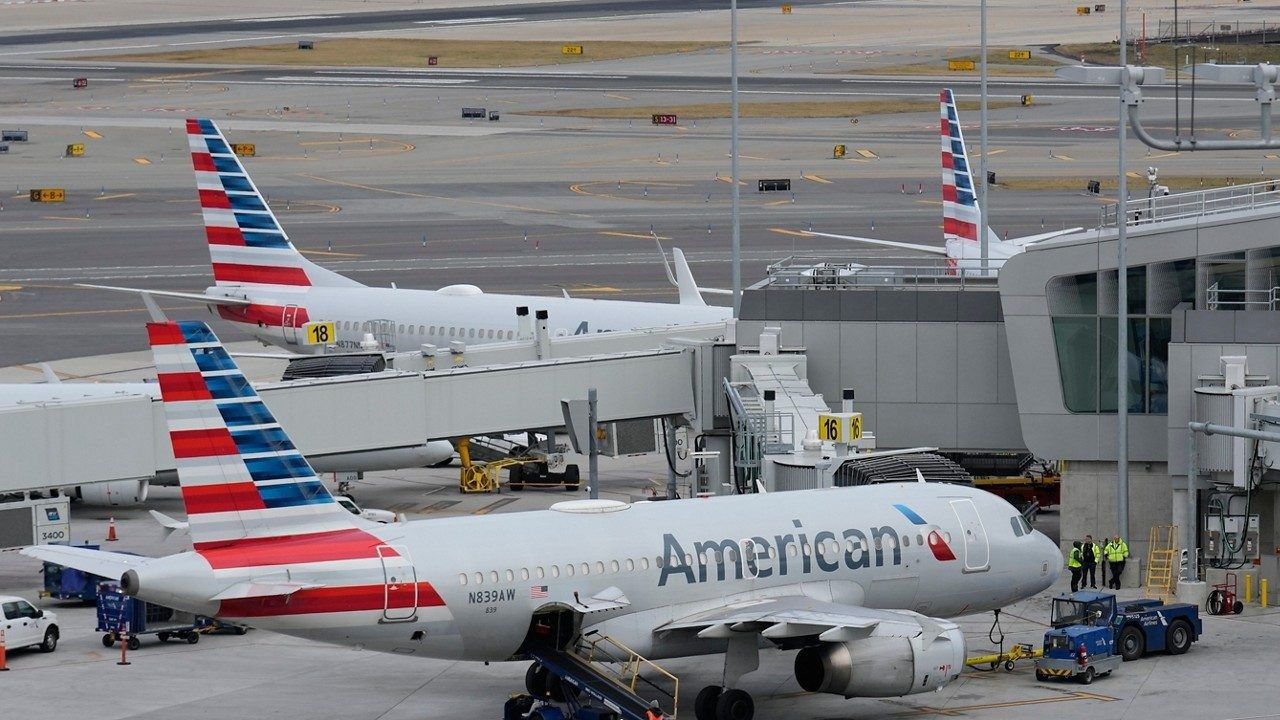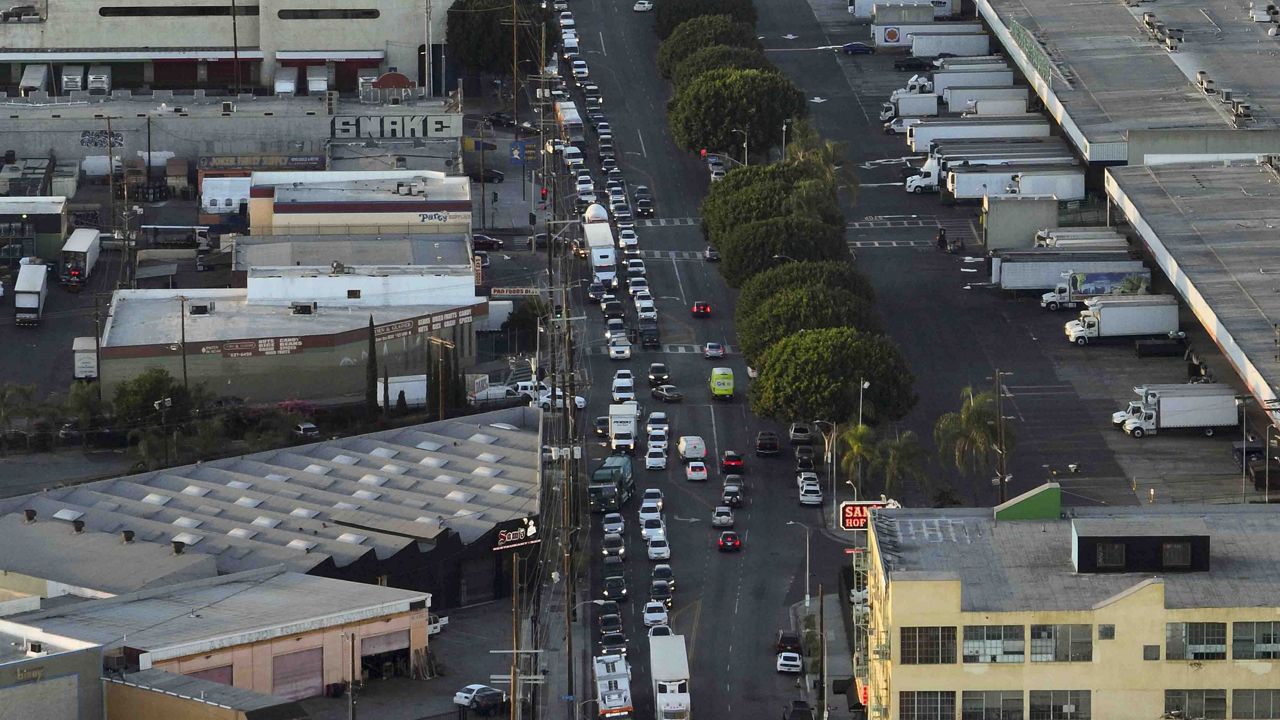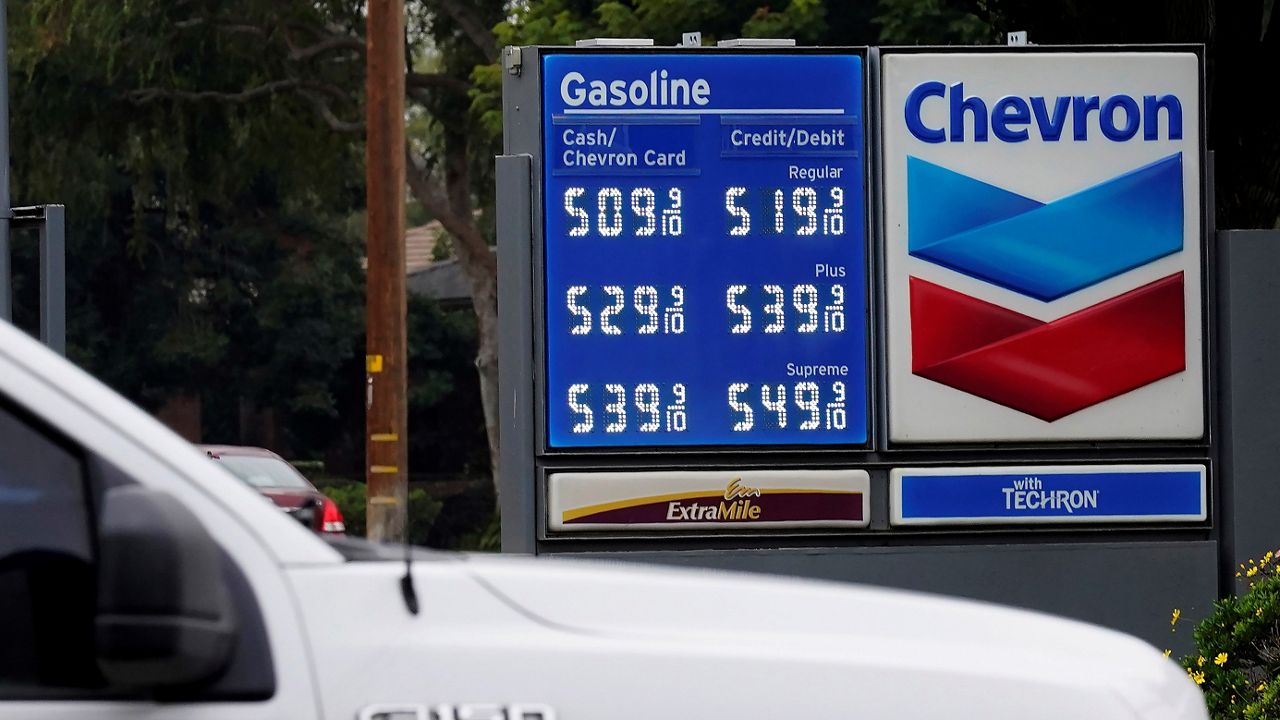LONG BEACH, Calif. — Ahead of a peak holiday shipping season, the Port of Long Beach had its busiest month in August with 913,873 twenty-foot equivalent units, representing a 33.9% increase over the same time last year, officials announced Thursday.
"The shippers are turning to us as a result of cargo diversions and concerns by upcoming tariffs, creating a busy season for us," Mario Cordero, port CEO, said during an online media briefing Thursday. "We've been prepared for the uptick in shipments and continued growth through the rest of the year with a dedicated waterfront workforce, modern infrastructure and plenty of capacity across our terminals."
What You Need To Know
- Officials say the port had its strongest month in its 113-history
- Retailers moved cargo in response to potential tariff increases and labor negotiations at seaports on the East and Gulf coasts
- August data marked the second time the port of Long Beach exceeded 900,000 TEUs in a single month, according to the port
- Most cargo is being moved out of the port's terminals in four-to-eight days through rail and vehicle transport
Officials say the port had its strongest month in its 113-history as retailers moved cargo in response to potential tariff increases and labor negotiations at seaports on the East and Gulf coasts.
Imports increased by 40.4% from August 2023 to 456,868 TEUs, while exports rose by 12% to 104,646 TEUs. Additionally, movement of empty containers through the port increased by 33.7% to 352,360 TEUs.
"The docks are bustling with record-setting activity as we continue to move cargo quickly, reliably and sustainable," Long Beach Harbor Commission President Bonnie Lowenthal said in a statement. "As the premier gateway for trans-Pacific trade, the Port of Long Beach is delivering on its promise of outstanding service and facilitating the most efficient movement of goods across the supply chain."
August data marked the second time the port of Long Beach exceeded 900,000 TEUs in a single month, according to the port. Long Beach longshore workers moved 6,087,875 TEUs during the first eight months of 2024, up 21.9% from the same period last year.
Cordero noted the San Pedro Bay Complex is thriving, with nearly 1.5 million TEUs processed for the month of August. The CEO noted this is "good for the region" and the state.
Most cargo is being moved out of the port's terminals in four-to-eight days through rail and vehicle transport.
Noel Hasegawa, the port's chief operating officer, said they are handling as much cargo as in 2021 and 2022, but without any of the backlogs, delays or congestion that characterized the pandemic induced supply chain crisis.
"We remain in close contact with our ocean carriers, terminal operators, railroads, equipment providers and labor and industry partners to make sure we are employing what I call the `muscle memory' that we all developed during the supply chain crisis," Hasegawa added.
He also highlighted that on-dock utilization, or usage of trucks, dropped by 17% in August compared from January through July, while on-dock rail increased by 25%.
"This is important because more on-dock rail utilization enables our terminals to manage surge in cargo volume more efficiently and literally around the clock," Hasegawa said. "In the years ahead, we expect our on-dock rail utilization to grow."
In July, the port broke ground on its $1.6 billion Pier B On-Dock Rail Support Facility, which is intended to expand its on-dock rail use. This is part of efforts along with the acquisition of zero-emission trucks to reduce emissions and air pollution by 2035.






